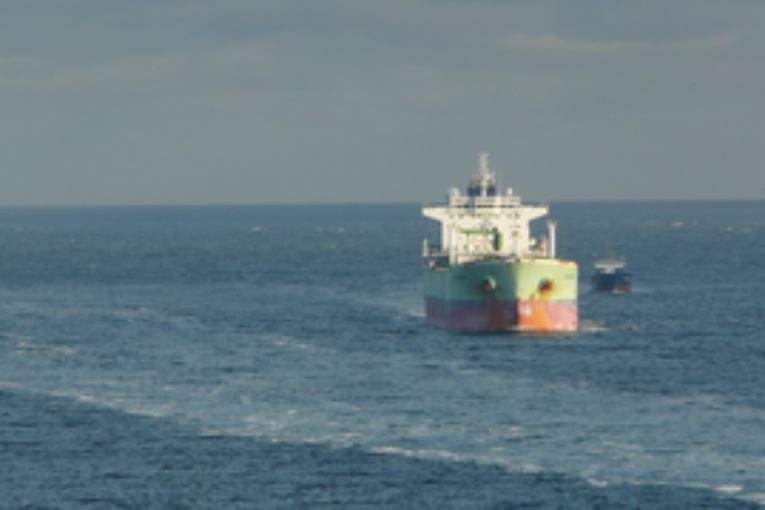
A new oil pipeline has an expected lifetime of at least 50 years. But will an expanded Trans Mountain pipeline become a stranded asset before it pays for itself, as global oil demand declines?
Not according to the International Energy Agency (IEA) 2018 World Energy Outlook.
Even under its most optimistic “sustainable development scenario,” the IEA does not expect global oil demand to peak until 2025, followed by a halving of demand by 2040.
Under its new policies scenario, however – which is based on existing and announced energy and climate change policies – the IEA projects global oil demand to grow into 2040, with all the increased demand coming from developing economies.
While oil demand for vehicles will peak and then fall, demand in petrochemicals will increase.
“By 2040 China is the largest net oil importer in history,” the IEA projects. Asia and the Middle East will account for “a wave” of new refining capacity: 17 million barrels per day by 2040.
Even with capacity constraints on the existing Trans Mountain pipeline, Statistics Canada confirms that in 2018, six million barrels of Alberta crude, valued at $441 million, shipped to China by tanker via the Port of Vancouver. The spike was likely driven by the steep discount on Alberta oil in 2018.
Harry Liu, IHS Markit’s oil markets executive director for China, said customs data shows China’s imports of Canadian crude (from both Alberta and Newfoundland) may have been as high as nine million barrels in 2018.
“China is already one of the largest outlets for global heavy sour crudes, along with India and other Asian markets. We see significant growth potential for China and India to import heavy sour crudes as new refining capacities get built, along with rising demand for oil, and most of these new builds are designed to process medium to heavy sour crudes.”
He said IHS Markit estimates China could import another 1.4 million bbls/d of heavy sour crude between now and 2040.
The demand for Canadian heavy crude is growing not only in Asia but in the U.S. as well, thanks to declining production in Mexico and Venezuela. The IEA estimates the demand for extra heavy crude and bitumen to grow by two million bbls/d by 2040.
“The United States provides around 75% of the global increase in production to 2025 in the ‘new policies scenario’ and there is also pronounced growth in Brazil and Canada.”
The IEA projects production in Alberta oilsands to “slow markedly until a new wave of in-situ projects come online in 2030. No new greenfield mining projects are commissioned.”
You can read more of the news on source
